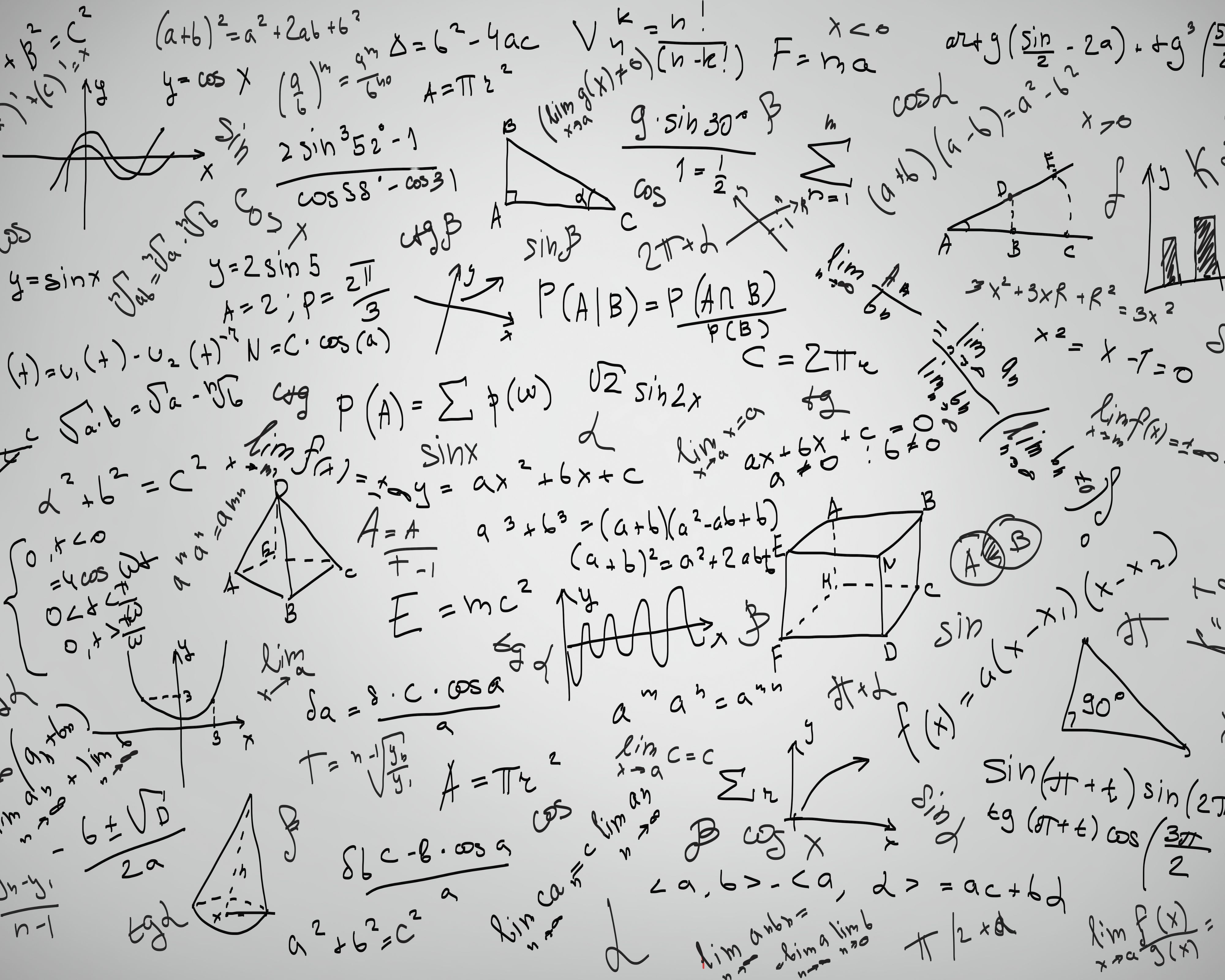Betting odds look perplexing to most people who are not involved in the sports betting or gambling scene. However, they are actually quite simple.
Understanding the odds that bookmakers or “bookies“ give on sporting events doesn’t require any more math than what you learned in grade school, but it has the potential to make you a few extra dollars. Or, if you don’t have the nerves or money for gambling, then you’ll at least be able to understand some of the sports betting terms that have made it into the casual sports fan’s vocabulary.
Ideas like:
- Spread bet or “covering the spread”
- Over/under
- Vig
- Underdog/Favorite
- Betting line
I put this guide together to better understand betting odds, not because I like to gamble or bet on sports, but because I’m fascinated by the idea of risk and its role in our daily lives.
Placing sports bets provides you with a way to learn about and appreciate the inherent risk in all activities and how, if you can anticipate, you can not only avoid it but profit from it as well.
While the odds format is expressed numerically, you don’t need a lot of math to understand it.
But if you want to learn math, here is an article I put together that details what I did to go from a failing math student to someone who has a minor in math and a major in physics—>7 ways to get better at math
The definition of risk and what we’re really doing with sports betting
There are two definitions of risk that say the same thing but do so in such different ways that I have to put both here to make a point.
In financial terms, “risk“ is defined as the chance that an outcome or investment’s actual gain will differ from an expected amount or return. In general terms, “risk” is a measure of something’s exposure to harm.
In both definitions of risk, we are attempting to quantify the likelihood of something losing value. The only difference between the financial and general definitions is what is at risk of losing value.
- Something with “no risk” is often called a safe bet because it’s safe. There is little to no chance of anything money or health being lost.
- Something that is “high risk” has a high chance of losing money or health.
However, not all risks are of the same degree or are of the same type. There are “pure risks” and “speculative risks”.
What is “pure risk”?
Pure risks are things where there is only the possibility of loss. For example, getting on an airplane or driving represents a pure risk. The only thing that can happen is something goes wrong. Getting to your destination safely isn’t a gain because that’s what was supposed to happen.
What is “speculative risk”?
Then there are speculative risks. These are risks where there is a chance of loss or gain. Sports gambling (or gambling, in general) is a great example of speculative risks. When you bet money, you will either lose what you bet or gain. Rarely does a bettor find himself in a position where it’s a “push” or a “draw”.
This is always why gambling and investing are sometimes referred to as “speculation”.
In sports betting, we’re trying to assess the pure risk each side in a contest faces and then position ourselves to profit from it with a speculative bet.I put that last sentence in bold italics because it underpins everything else related to sports betting.
One more thing about risk, and this might be the most important:
Speculative risk and reward scale at least directly, but often asymmetrically. In other words, the bigger the risk, the bigger the reward if you’re right and it pays off, and sometimes, the pay of is disproportionately bigger than what you risk.
Lottery and sweepstakes are perfect examples of how asymetrical some risk can be.
How to Read Betting Odds
Understanding how the odds are displayed is fairly simple. The math isn’t too complicated. Because I’m an American and have only been into American betting establishments, we’re going to focus on American odds in this post.
These are the odds you’ll see these on all sportsbook sites in the United States. They have the little ”-” and ”+” signs and all seem to be greater than the number 100. Officially, the American style is simply called ”American Odds”.
Much like Americans do with the metric system, we bucked the much more internationally common system of decimal or fractional odds for our own way of doing things. You’ll see it this way on almost every betting site as well.
These odds are given when you’re making a moneyline bet. Moneyline bets are bets where there are only 2 or 3 possible outcomes: win, loss, and draw.
Moneyline bets will always be based on 100. You’ll never see any number less than 100 in the American Moneyline style of betting. Anytime you see a betting line that shows plus and minus, remember that this means
- The number in front of the minus sign represents how much you’ll have to bet to win $100.
- The number in front of the plus sign represents how much you’ll receive if you bet $100.

Using this example, we can see that in the bet of “Will both Tomey and Fraser win the CrossFit games?”, you’d win $222 if you bet “no” and were correct. You‘d just lose the $100 if you were wrong.
The interpretation of the number in front of the minus sign is a little trickier to interpret. That number presents how much you‘d have to bet to win back $100 if you bet correctly.
You don’t have to bet $100. It’s just the initial scale that the betting ratios are based on. Why?
A standard base for comparison makes it easier to quantify risk and make a speculative decision. The base could have been 50, 200, or even 3. 100 is just easier to work with for many reasons. When we look at the moneyline, can quickly determine a few things.
- Who’s the favorite. The odds of the favorites will have the minus sign in front of them. This seems counterintuitive since we feel like the favorite should have a positive amount, but think of it this way:
If the bet amount is the same, a bet on the person more likely to win is less risky. Since reward scales with risk, your payout is less, so a minus sign appears next to those odds. - Who’s the underdog. The odds of the underdog will always have the plus sign in front of them. If this doesn’t make sense, think of it this way: You are taking on a bigger risk betting on them, so your return is always going to be at least a little greater than what you paid.
If you bet $100 on the underdog, the smallest you could get back is if he was only a slight underdog, say +110 or something like that.
This is the foundation for everything you want to know about basic odds reading. However, taking things a step further, we can use this information to generate another useful value in betting odds: Implied probability
The power of implied probability
This is probably the heaviest math you’ll need to do, but it’s extremely valuable.
This is one of the reasons that math is so important. I list 11 other reasons in this article—>12 reasons why math is so important
Implied probability is a conversion of betting odds into a percentage. It takes into account the bookmaker margin to express the expected probability of an outcome occurring. In other words, it tells you what the bookmakers think is going to happen, percentage-wise.
This is why it’s called implied. They don’t come right out and tell you and, even if they did, it’s not like it’s guaranteed to happen just because they said it would.
The formula for getting the implied probability is simple:
- For the favorite (the minus sign odds): [Negative odds / (Negative odds + 100)]*100 = implied probability
- For the underdog (the plus sign odds): [100 / (positive odds + 100)]*100 = implied probability
Using the above example with the CrossFit games, we can see that the implied probability of Fraser and Toomey
- Winning the CrossFit games is [280/(280+100)]*100 = 73.6%
- Losing the Cross Fit games is [100/(222+100)] = 31.05%
These types of fractions and percentages are some of the reasons why math is so difficult for some people. I list a few other reasons in this article—>8 unexpected reasons why math is so difficult
You can see that it doesn’t exactly add up to 100% because the bookie margin (also known as the vig) is included. Whenever you calculate these numbers, you’re getting a peek into what the oddsmakers think the likely outcome is.
How thinking in terms of betting odds can lead to better decisions
Whenever someone asks me who I think will win in a boxing match, I always tell them what I think would happen if they fought 10 times. For example, people used to ask me who I thought would win if heavyweight boxers Anthony Joshua and Deontay Wilder ever fought. My answer?
“If they fought 10 times, I think Wilder wins by knockout 5 times, Joshua by knockout 3 times, and Joshua wins by points 2 times.”
That type of answer annoys a basic sports bettor who is just trying to get you to pick a side to bet on without consideration of the odds. However, this is the only proper way to think of betting on sports for two major reasons:
- Anything can happen, and players/fighters/competitors/teams get lucky. Granted, at a high level of skill, the role of luck is drastically diminished, but it still exists.
Furthermore, one part of luck that always exists is the referees, judges, and officials. One bad call can alter a contest’s entire outcome, especially if it’s close. - How do you generate betting action against an obvious loser if you bet in this fashion? You’d have to be a fool if you bet against the 2007 New England Patriots, 2015 Golden State Warriors, or against Mike Tyson when he fought Buster Douglas.
But in all three scenarios, there were losses, but they were unlikely to happen. The format of betting odds entices bettors to take a chance against underdogs. Straight betting on the winner does not.
If we apply this type of “thinking in bets” to our daily decisions, we would immediately notice a big change: we’re deliberate in our thinking because we view the outcome as an assessment of risk that we are impassionately calculating rather than a bet that we attach to our ego.
Now that you can better understand how to read betting odds, you have another tool for understanding and assessing the world.




